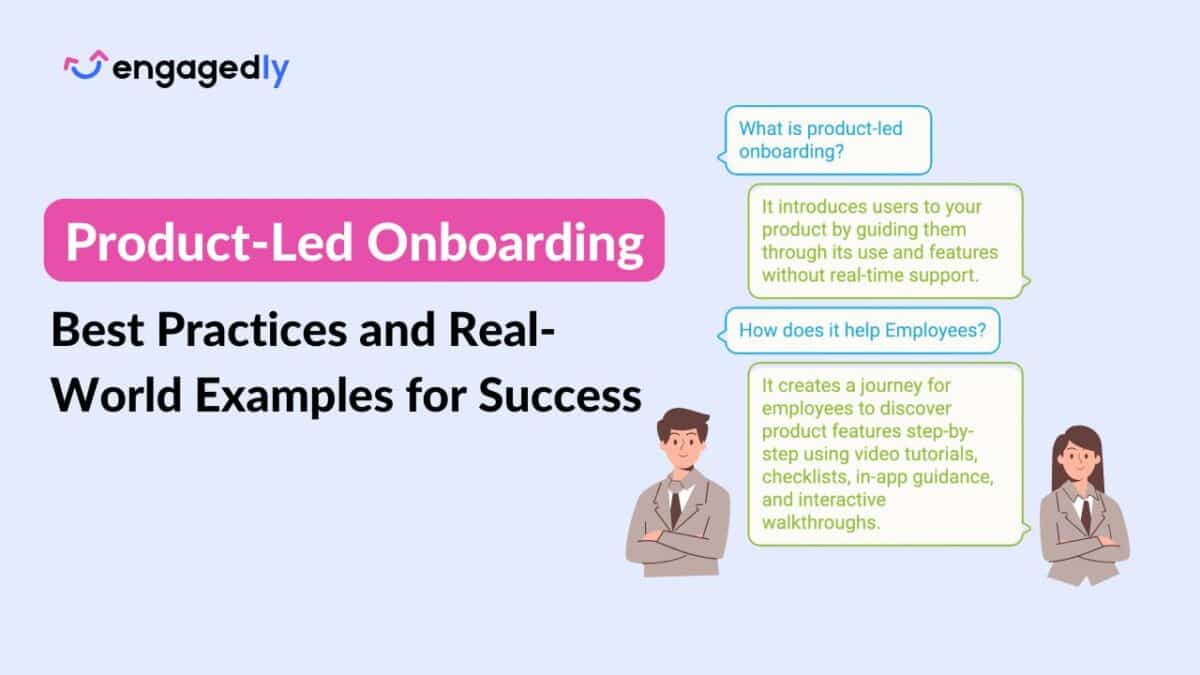The World Health Organization estimates that the global economy loses 1 trillion dollars per year of productivity because of anxiety and depression. Contrary to this, they found EVERY DOLLAR spent on treating mental health issues; the return is FOUR TIMES improved productivity and health.
The above numbers are not surprising, and the impact of mental health is real. In 2019, that is two years back, none of us could have imagined working from home continuously. The shift to remote working was sudden. While many adjusted to the new norm, for others it was difficult. Consequently, they suffered from isolation, anxiety, depression, stress, screen fatigue, burnout, etc. Employee well-being and mental health are now a top priority for all organizations as it affects employee engagement, retention, and productivity.
6 Ways To Support Mental Health Of Your Remote Team
While in our previous articles we have highlighted the impact of work-life balance and a culture of appreciation on employees and their wellbeing. In this article we will focus on how organizations can support the mental health of their remote teams.
1. Leadership Support
Employee wellbeing initiatives cannot be effective without leaders actively supporting the cause. As leaders or managers, share your own struggles and stories of mental health issues. Make your employees feel it is ‘OK’ to speak about it. This will encourage your employees to speak up and reduce the stigma. Understanding how to support your employees’ well-being is important, but it’s just one piece of the puzzle when it comes to successfully managing a remote team. Remote leadership comes with other challenges as well, like understanding that your employees might have a harder time disconnecting from work, and that it’s not uncommon to feel lonely and isolated from colleagues.
2. Conduct Employee Training Sessions
In a survey by the U.S. National Comorbidity, 18% of employed individuals with ages between 15 to 54 experienced symptoms of mental health issues. Mental Health issues are not always easy to identify, unlike physical health issues. It’s difficult to identify the signs of anxiety, depression, isolation, burnout, stress, etc. easily. Often they go unnoticed. And as a result, your employee’s productivity goes spiralling down with no one knowing the actual reason behind it.
To prevent this, conduct virtual training sessions with your remote employees on mental health. With so many video conferencing tools such as FaceTime, Google Meet, Skype, and Zoom it should be easy to organize one. The key focus of these sessions should focus on identifying mental health issues and preventing stress and burnout. Onboard shrink or mental health experts with whom the employees can connect on a one-on-one session virtually.
This will help you create an engaged and a productive workforce who are cognizant of their mental wellbeing.
3. Communication & Check-In With Your Team Frequently
Communication is the key through any crisis! The amount of communication that an employee used to have with their colleagues reduced drastically, be it work-related or socializing. Not only this, but they are also in the constant fear of missing out on information from the organization. This has added to the stress and anxiety of the employees.
Communicate with your remote employees often. Have a one-on-one’s over a video call or just ping them on official chat to know their wellbeing and if they need help. With Engagedly’s inbuilt survey feature, create and assign simple surveys for your employees to measure employee engagement, employee motivation, and employee happiness quotient. Besides that, keep them in loop about organization-related information, policy changes or rule changes. As a manager, ensure that your employees have all the tools in hand for communication and collaboration to be seamless. Some common tools which they can have access to are:
- Asana, Basecamp, and Trello for Project Management
- Engagedly, Lattice, 15Five for real-time performance management, feedback, rewards, and goal setting
- Slack, Google Meet, and Skype for communication and easy collaboration
Effectively communicating with your employees will not only reduce their stress and anxiety, but will also help them be more productive and engaged at work.
4. Benefits and Perks
Organizations often develop health policies that give importance to physical health and tend to ignore mental health issues. In the current scenario, where mental health has become a matter of concern for all, developing a holistic employee wellbeing policy is the need of the hour.
Establish and offer Employee Assistance Programs (EAP) to your employees. According to a poll by SHRM, 91% of organizations have EAP as a part of their employee benefits, but most of them go under-used. The aim of these programs is to find solutions to employee’s work-related or personal problems that might affect work and productivity. Let your employees know what EAP offers so that they can know the benefits and use them whenever necessary.
5. Organize Virtual Team-Building Activities
The weekly ‘Fun-Fridays’, team lunches, water-cooler breaks or a casual chit-chat with colleagues is not possible anymore. But these casual or planned team-building activities are necessary to build a cohesive team. As a manager, plan team-building activities for your remote teams. Conduct quizzes, book clubs, trivia, virtual team lunches or ask your employees to share their childhood photos or workspace photos. Team-building activities help in generating a sense of trust among your employees and increase collaboration. Although connected digitally, they still get a sense of being in the office, and it helps them take their mind off from work. It also reduces the feeling of isolation and reduces stress and anxiety.
Encourage your employees to have virtual water-cooler breaks and meet with their peers.
6. Physical Wellbeing Of Remote Employees
While addressing mental health issues is important, it is necessary to pay attention to physical wellbeing too. We cannot undermine its impact on mental health. Working from home has altered our habits to a large extent. For many of us, we confined our workstations to beds or couches with little or no movement throughout the day. Further, the flexible working schedule has blurred the lines between personal and office time. As a result, it has resulted in untimely breaks, unnatural sleeping patterns, irregular eating habits, etc. This has resulted in obesity and fatigue. Companies can play a big part in making sure that their employees are physically fit. Some of those initiatives can be:
- Setting up of an ergonomically friendly workspace
- Organizing virtual yoga and exercise classes
- Reimbursement for fitness equipments
- Gamification for calories burnt
- Encourage your employees to take breaks for physical workout
Needless to say, the list of ways in which you can support your employees doesn’t end here. Organizations can come with their own ways to support employees. Do you have something else in mind? Let us know in the comments.
Want to know how Engagedly can help you manage your remote teams better? Then request for a live demo.
Request A Demo
Gabby Davis
Gabby Davis is the Lead Trainer for the US Division of the Customer Experience Team. She develops and implements processes and collaterals related to the client onboarding experience and guides clients across all tiers through the initial implementation of Engagedly as well as Mentoring Complete. She is passionate about delivering stellar client experiences and ensuring high adoption rates of the Engagedly product through engaging and impactful training and onboarding.






